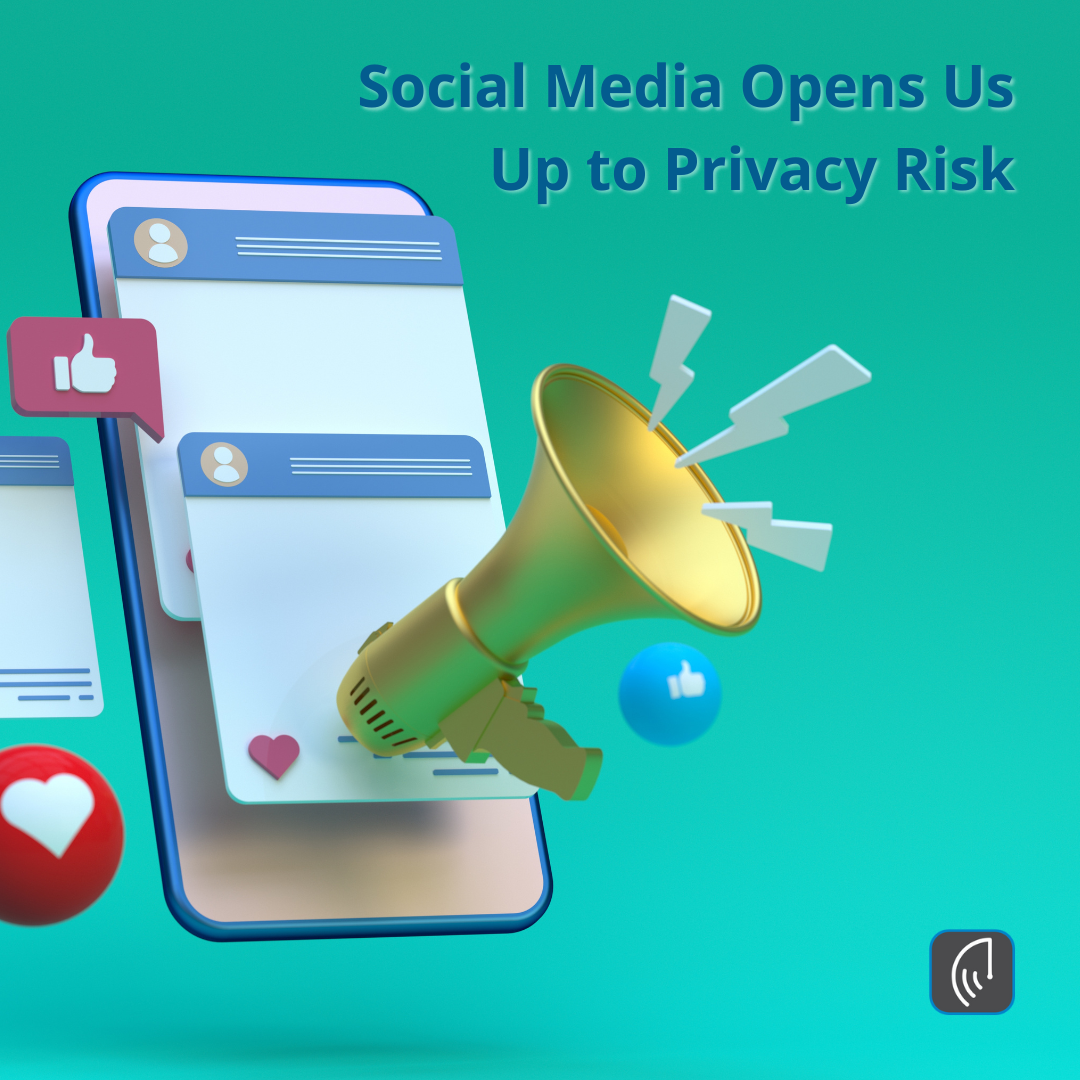Some critics of social media say our addiction to apps and social media opens us up to privacy risk.
My question to app and social media users is when was the last time you read the terms and conditions? Further, when did you last adjust the privacy settings of your app or social media accounts?
While apps and social media offers convenience, entertainment, and networking opportunities – cyber thieves and ID theft criminals are leveraging social networks and apps to do their dirty work.
According to the second quarter 2022 Brand Phishing Report from Check Point Research, which “highlights the brands that were most frequently imitated by cybercriminals in their attempts to steal individuals’ personally identifiable information (PII) or payment credentials over the quarter,” LinkedIn remains the most impersonated brand by phishing campaigns.
Brands to be aware of…
As most of you know, LinkedIn is a social media site and the world’s leading professional networking site. Hackers have imitated brands in business sectors such as social media (LinkedIn), technology (Microsoft), shipping/courier services (DHL) and online shopping (Amazon) and highlights the ongoing risks facing users of trusted business platforms.
I have listed below from the Check Point Research Brand Phishing Report the top ranked brands by their overall appearance in brand phishing attempts:
- LinkedIn (45%)
- Microsoft (13%)
- DHL (12%)
- Amazon (9%)
- Apple (3%)
- Adidas (2%)
- Google (1%)
- Netflix (1%)
- Adobe (1%)
- HSBC (1%)
Phishing scams of leading brands are effective because both we are more likely to click on a well-known name/brand.
But sometimes it’s more than just the hacker you have to worry about. Consumers and business executives need to know that apps and social media can track your search engine history, purchasing habits, geographical location, and even investigate your files and contact list – all without your knowledge and sometimes without your permission.
For example, when you install an app, most apps will require you to “accept” their terms and conditions – but did you read and really understand the type of information that is being collected and the kind of privacy threats you now are exposed to?
How bad can these “privacy threats” be? Just imagine an app vendor or third-party marketer collecting and selling your smartphone’s unique device ID, phone’s location, phone number, your age, gender, likes, dislikes, search-engine habits, e-mails, usernames and more to data brokers. And then imagine how these data brokers collect, analyze, and package your most sensitive personal information in a unique profile and sell it over and over again – without your knowledge.
Five tips to help you minimize your privacy risks:
- Limit and/or eliminate sharing your personal information online.
- Increase your privacy awareness by reviewing and adjusting your privacy settings.
- Be aware that some apps reset your privacy settings during major upgrades.
- Learn more on how your personal information is used and for what purposes.
- Consider using “privacy assistant or automation software” to help keep your privacy preferences current.
The fact is that cyber thieves and ID theft criminals love the trail we leave on social media. And Yes, social media opens us up to privacy risk but follow these tips and it will help.
Specific to receiving links of well-known brands on social media, my recommendation on receiving notifications from LinkedIn, Facebook or any other social media is to ignore the links or attachments. If a social media notification is legitimate, you will receive it again and then you can go to the social media network login page to retrieve it directly.
Related article:
